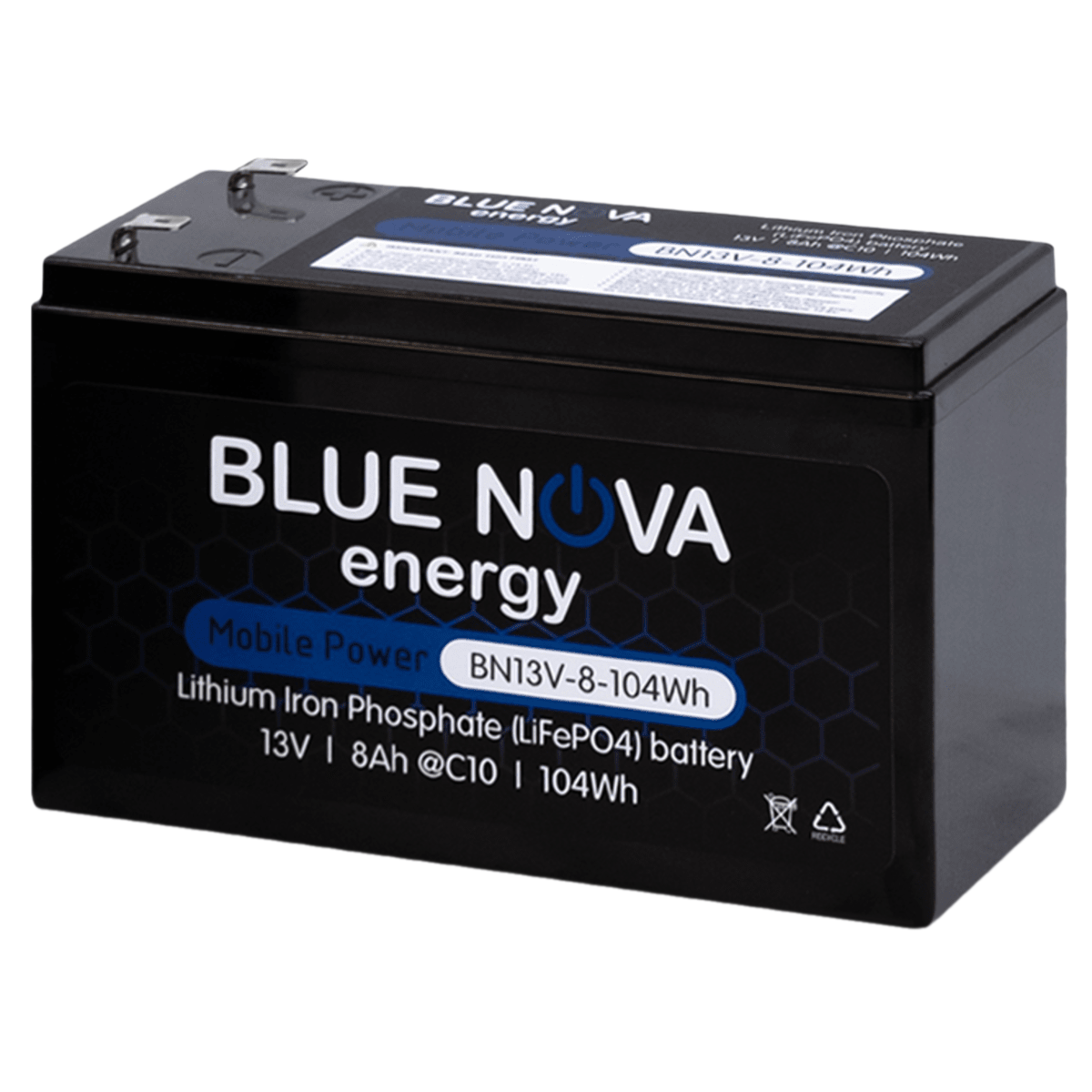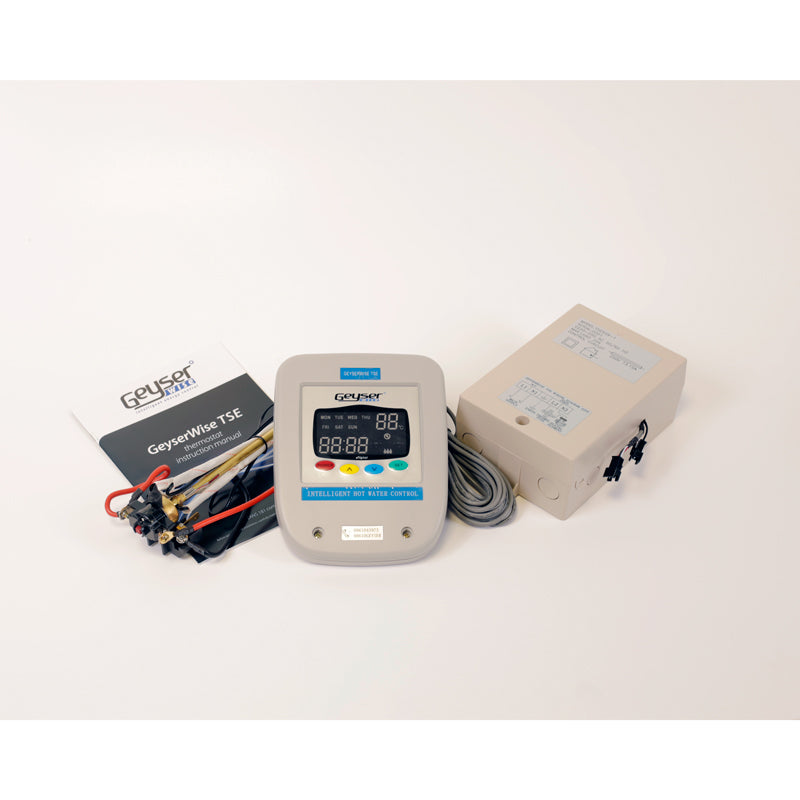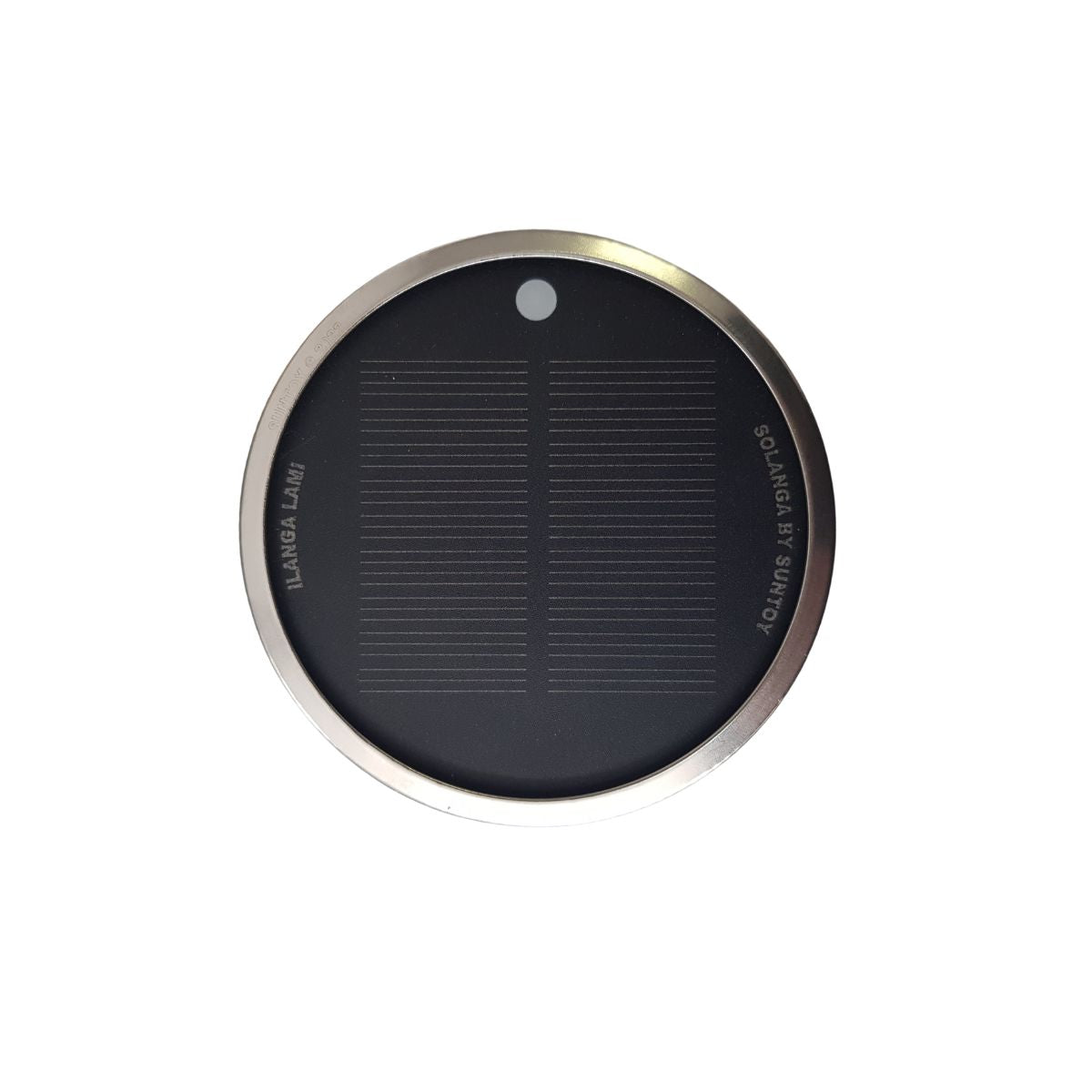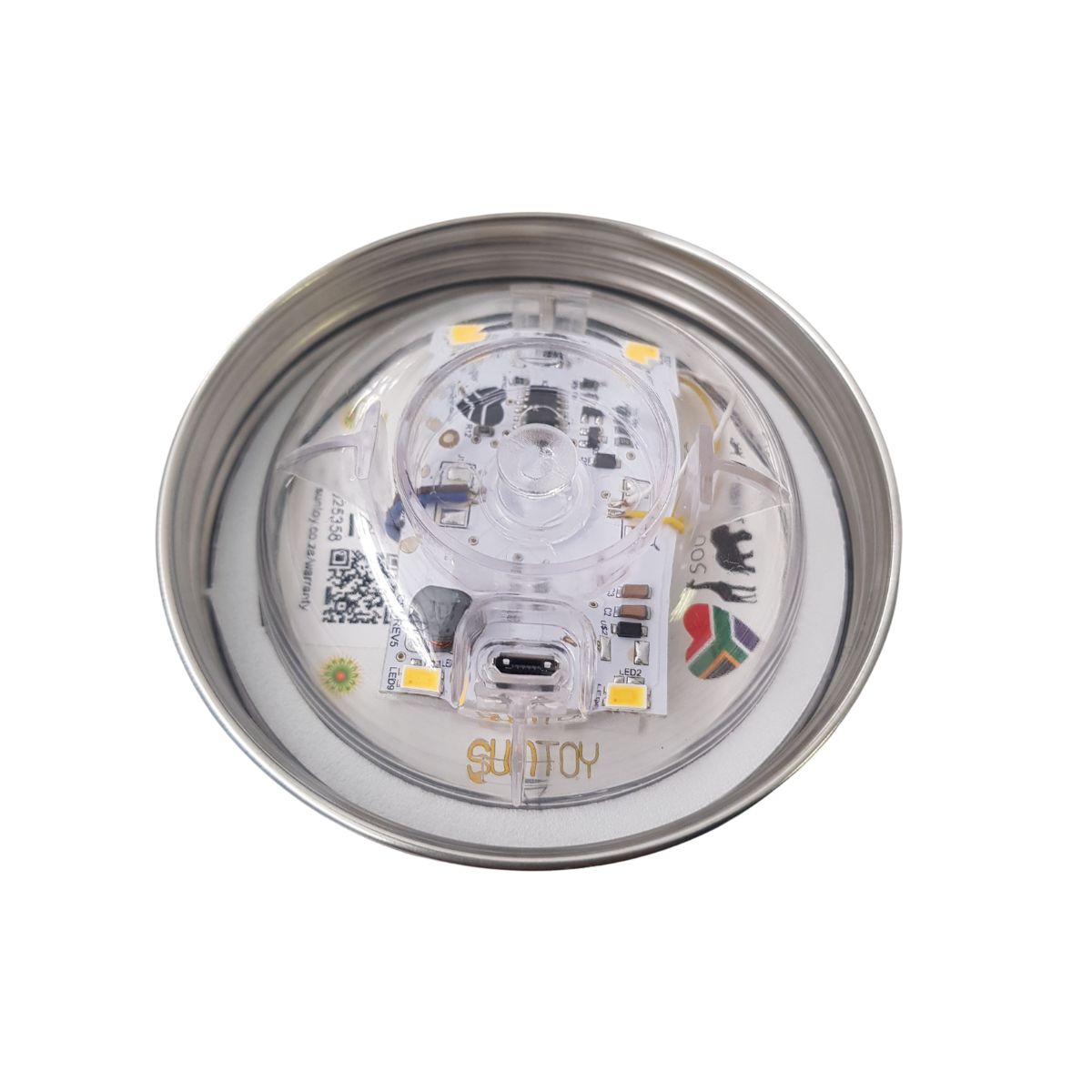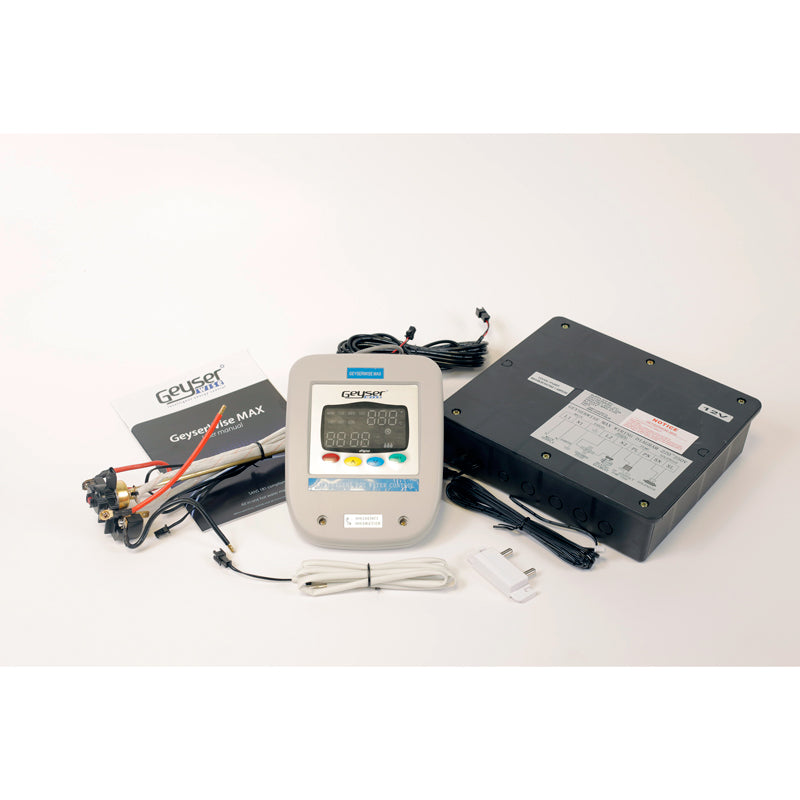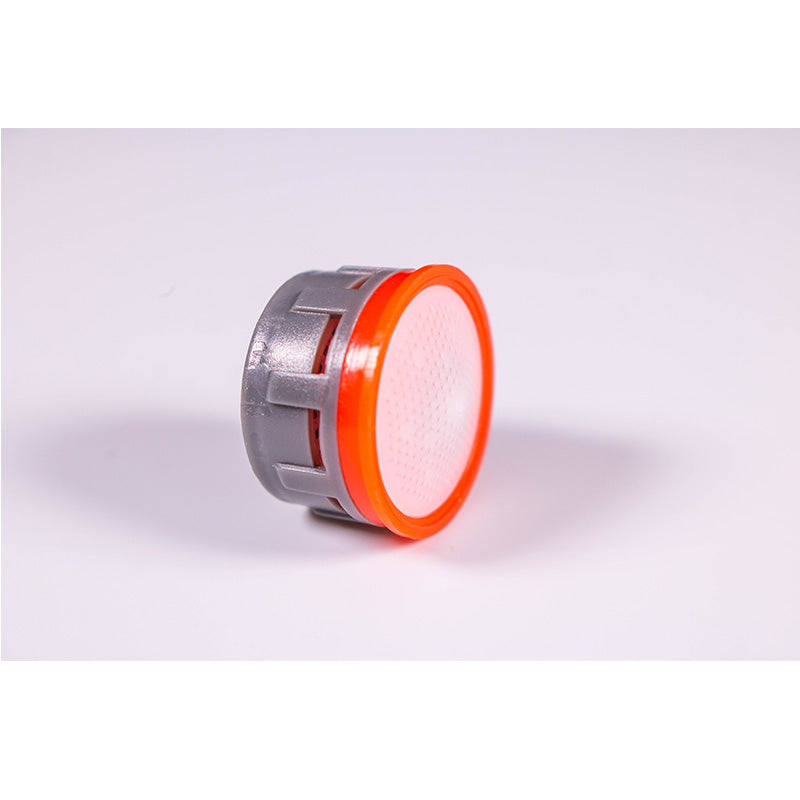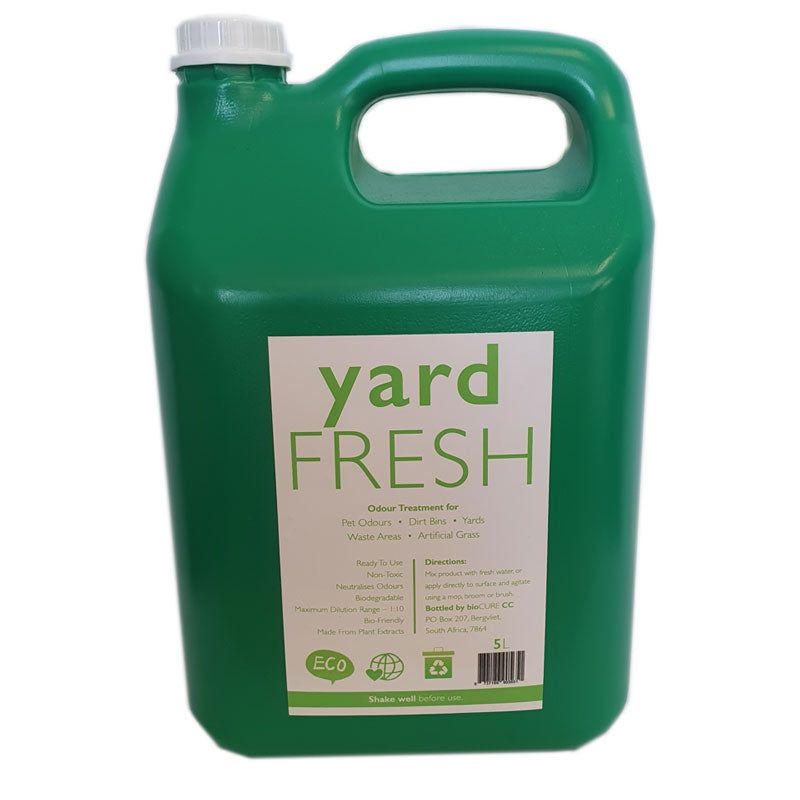Twenty tips to help bees thrive in your garden
Bees are an essential part of our ecosystem, responsible for pollinating over one-third of the food we eat. Unfortunately, bee populations have been declining in recent years due to habitat loss, pesticide use, and climate change. But there are things you can do to help bees thrive in your garden and beyond.
Here are twenty tips to get you started:
- Plant a diverse array of native flowers and plants that provide nectar and pollen throughout the growing season.
- Avoid using pesticides and herbicides that are harmful to bees and other pollinators.
- Provide a source of fresh water for bees to drink from, such as a shallow dish with rocks for landing.
- Install bee houses or nesting boxes to provide shelter for solitary bees.
- Leave areas of your garden unmowed or untrimmed to create wildflower meadows and nesting sites.
- Use compost and organic fertilizers instead of synthetic chemicals that can harm bees and other beneficial insects.
- Choose single-petaled flowers, as they are easier for bees to access the nectar and pollen.
- Avoid using genetically modified crops that may be harmful to bees and other pollinators.
- Encourage your neighbors and community to plant bee-friendly gardens and reduce pesticide use.
- Provide a range of flower shapes and sizes to accommodate different types of bees and their feeding habits.
- Plant flowering trees and shrubs, such as fruit trees, that provide abundant nectar and pollen.
- Use drip irrigation instead of sprinklers to avoid wasting water and disturbing bees.
- Place bee-friendly plants in sunny areas, as bees are attracted to warm, sunny spots.
- Avoid using scented pesticides or chemicals that may confuse or deter bees from visiting your garden.
- Incorporate cover crops into your garden rotation to provide additional food and habitat for bees and other beneficial insects.
- Avoid using peat moss, as its extraction can damage bee habitats and contribute to climate change.
- Provide nesting sites for bumblebees, such as empty rodent nests or piles of leaves and debris.
- Reduce lawn area and replace with native flowering plants and other bee-friendly landscaping.
- Learn about the different types of bees in your area and their specific needs and preferences.
- Support local beekeepers and buy local honey to help sustain bee populations and support your local economy.
By following these simple tips, you can help create a more bee-friendly garden and contribute to the conservation of these important pollinators. Let's all do our part to help bees thrive and ensure a healthy and sustainable future for ourselves and the planet.
